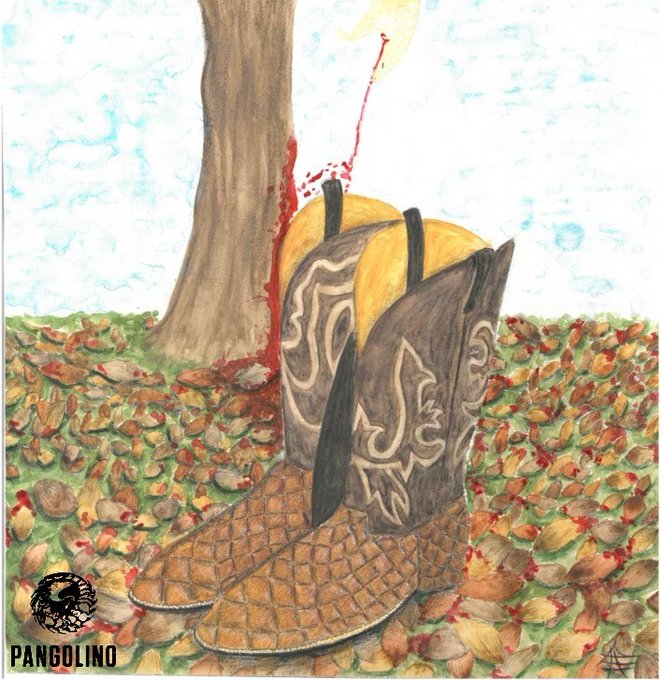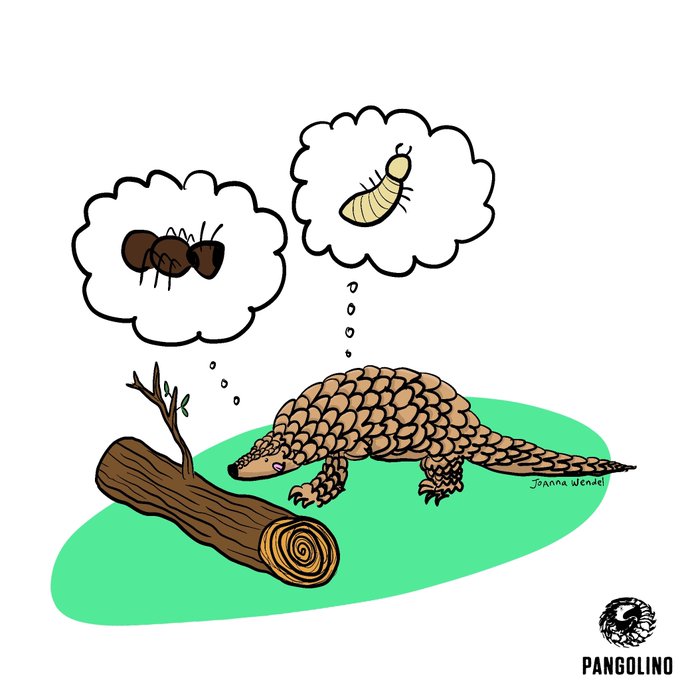PangolinscicommweekのTwitterイラスト検索結果。 5 件
#Pangolinscicommweek (Day 5: Cultural significance and perceptions): In the late 90s, people in many east African tribes believed burning #pangolin scales repel lions (a major threat to livestock). We are not sure if this practice continues to this day.
Art: Tchatchou B.
....
#Pangolinscicommweek (Day 4: Threat): Temminck’s pangolins are threatened by accidental electrocution by electric fences used to protect game & livestock farms, esp in South Africa & Namibia. #SciArtTweetStorm #Science
Please retweet and follow our #scicomm event.
Art: Kačka C.
#Pangolinscicommweek (Day 4: Threat): DYK the US was a major importer of #pangolin products until around 2000? Pangolin scales were used to make boots (costing up to US$1,500), belt & handbags. #science #SciArtTweetStorm
More and Source: https://t.co/CEDsUvmPLT
Art: Kačka C.
#Pangolinscicommweek (Day 1: Ecology): #Pangolins are more closely related to the order Carnivora (cats, dogs, bears) despite looking more like Xenarthrans (anteaters, armadillos, sloths).
Like. Retweet. Art: Emily Pardoe-Billings
#scicomm #pangolinscicomm #artscicomm
#Pangolinscicommweek (Day 1: Ecology):
#Pangolins are insectivores, feeding mainly on ants & termites, possibly helping to regulate ant/termite populations. They also enhance diff soil processes- nutrient cycling & aeration when they excavate burrows.
Retweet! Art:@JoAnnaScience





